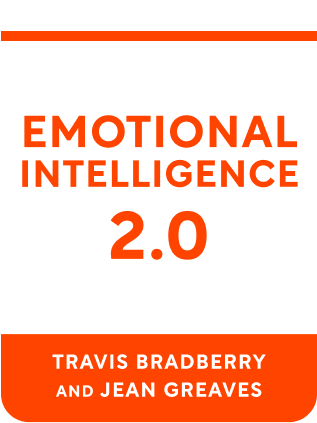

This article is an excerpt from the Shortform book guide to "Emotional Intelligence 2.0" by Travis Bradberry and Jean Greaves. Shortform has the world's best summaries and analyses of books you should be reading.
Like this article? Sign up for a free trial here .
What is the relationship between social awareness and emotional intelligence? What do people with high social awareness do differently?
In Emotional Intelligence 2.0, social awareness is defined as the ability to identify emotions in other people and understand the reasons behind them. Some people are naturally more socially aware than others. However, social awareness is not a personality trait because it is a skill that can be developed.
Keep reading for more about social awareness and emotional intelligence, as well as strategies to develop it.
Social Awareness and Emotional Intelligence
Social emotional awareness is the ability to identify, interpret, and empathize with emotions of other people. It is one of the four components of the emotional intelligence (EQ) construct.
People with high levels of social awareness:
- Give others the opportunity to speak
- Actively listen
- Pick up on cues that reveal emotion
- Adapt to the emotional climate
- Develop empathy for the people around them
If you are socially aware:
- You put yourself into the shoes of other people and try to understand their perspective.
- You adapt to your environment, adjusting the way in which you interact to yield a productive result.
- People want to work with you as you respect their perspective and try to find solutions to please all parties involved.
Tactics to Develop Social Awareness
Tactic #1: Listen attentively. Listening isn’t just about hearing words. Tone, volume, and pacing all signal subtext and emotion (for instance, if a person speaks quickly and quietly, they may be intimidated). Stay focused on the conversation at hand. Half-focused listening prevents you from picking up important information and makes the other person feel disrespected.
Tactic #2: Practice empathy. Looking at a situation from someone else’s point of view helps you understand their behaviors, gives you the tools to more effectively interact with that person, and identifies issues before they develop. When trying to step into someone else’s shoes:
- Think of how they’ve responded to specific situations in the past
- Consider their past experiences and background
- Observe how they behave in different environments
Tactic #3: Observe body language. Body language provides subtextual information that can reveal a person’s emotional state (for example, if someone can’t keep eye contact with you, they may be uncomfortable or lying). This allows you to make more informed decisions when interacting with them. Key emotional indicators include the behavior of someone’s eyes, the authenticity of their smile, and the tension in their body.
Tactic #4: Live in the moment. Though reflecting on the past and planning for the future are both necessary exercises, allowing them to dictate your day-to-day behavior prevents you from interacting with your surroundings. Keep your head clear by staying focused on the present moment. This will help you make more effective connections and deepen interactions with those around you.

———End of Preview———
Like what you just read? Read the rest of the world's best book summary and analysis of Travis Bradberry and Jean Greaves's "Emotional Intelligence 2.0" at Shortform .
Here's what you'll find in our full Emotional Intelligence 2.0 summary :
- What emotional intelligence is and why it's essential for your workplace success
- The 4 reasons you need to work on your EQ
- How you can use EQ to better manage relationships






